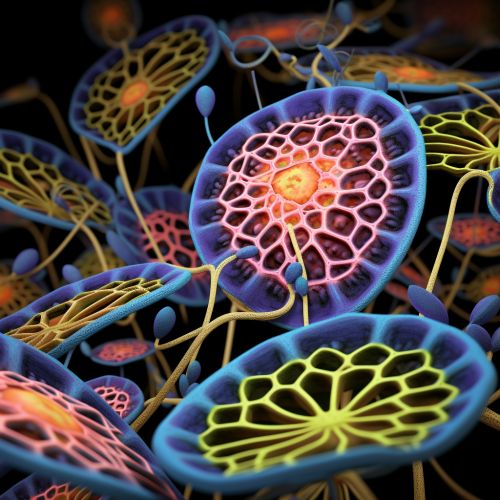The Biological Mechanisms of Plant Hormonal Regulation
Introduction
Plant hormonal regulation refers to the complex interplay of chemical compounds known as plant hormones that control various aspects of plant growth and development. These hormones, which include auxins, cytokinins, gibberellins, abscisic acid, and ethylene, among others, are produced in different parts of the plant and transported to their sites of action, where they exert their effects at very low concentrations.


Plant Hormones and Their Functions
Auxins
Auxins are a group of plant hormones that play a pivotal role in the coordination of many growth and behavioral processes in the plant's life cycle. They are essential for plant body development, including cell elongation, phototropism, and gravitropism.
Cytokinins
Cytokinins are another class of plant hormones that promote cell division and shoot formation. They work in conjunction with auxins to regulate plant growth, and their relative concentrations can determine the balance between cell division and cell elongation.


Gibberellins
Gibberellins are a large family of plant hormones that stimulate stem elongation, germination, and flowering. They also play a role in breaking seed and bud dormancy, and in the maturation and aging processes of plants.
Abscisic Acid
Abscisic acid (ABA) is a plant hormone that regulates plant growth and development. It plays a key role in stress responses, particularly in response to environmental stresses such as drought, cold, and salinity.
Ethylene
Ethylene is a gaseous plant hormone that regulates a wide range of biological processes in plants. It is involved in many developmental processes, including leaf abscission, senescence, and fruit ripening.


Mechanisms of Hormonal Regulation
Plant hormones regulate plant growth and development through a variety of mechanisms. These include the regulation of gene expression, the activation of signal transduction pathways, and the modulation of cellular processes.
Regulation of Gene Expression
Plant hormones can regulate gene expression by binding to specific receptors in the cell, which then activate or inhibit the transcription of specific genes. This can lead to changes in the production of proteins and other molecules that are involved in plant growth and development.
Signal Transduction
Plant hormones can also activate signal transduction pathways, which are a series of chemical reactions that lead to changes in cell function. These pathways can involve a variety of molecules, including enzymes, second messengers, and other proteins.


Modulation of Cellular Processes
In addition to regulating gene expression and activating signal transduction pathways, plant hormones can also modulate cellular processes directly. For example, they can influence cell division and cell elongation by altering the activity of enzymes that control these processes.
Conclusion
Understanding the biological mechanisms of plant hormonal regulation is crucial for improving crop yields and developing new strategies for sustainable agriculture. By manipulating these hormones, scientists can control plant growth and development, making it possible to produce more food, more efficiently.


